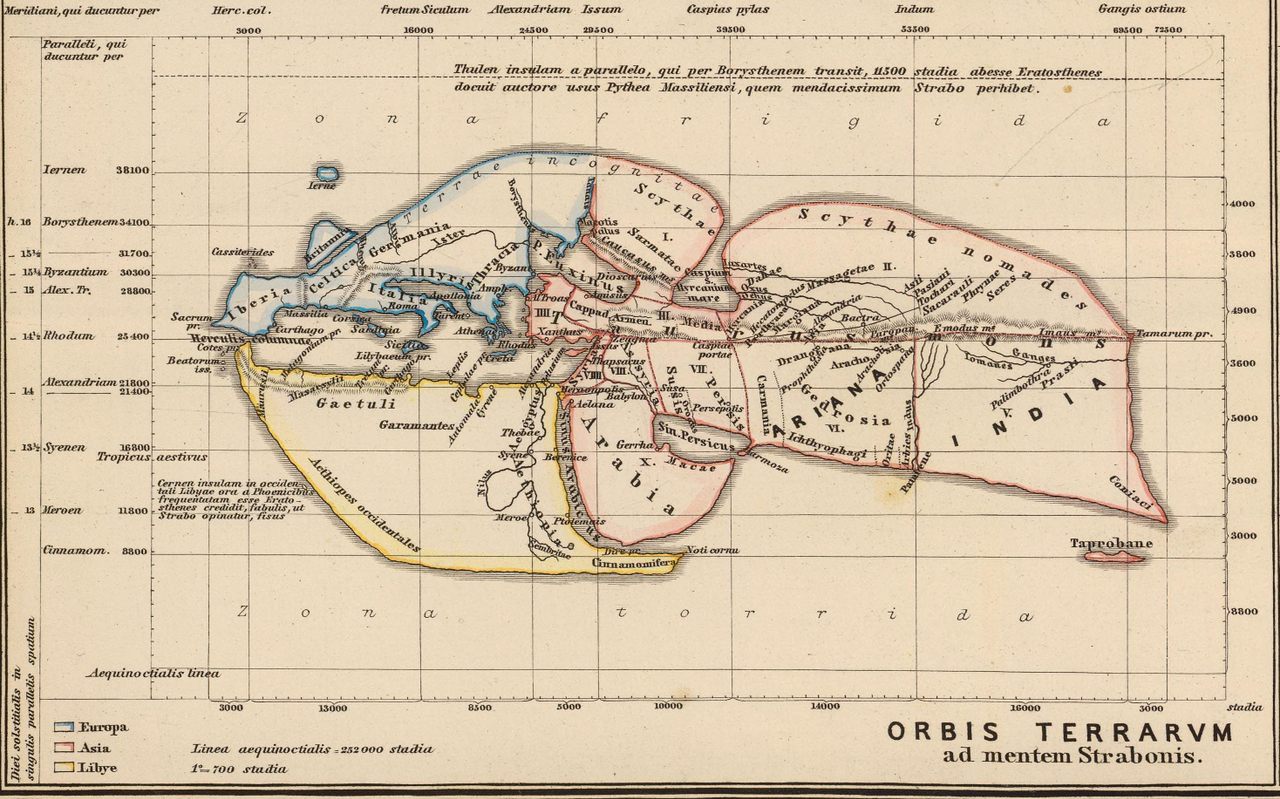
Map of the Known World at about the time that Jesus was born. On the following map, Bethlehm is in Israel– south of Jerusalem and near the Dead Sea.
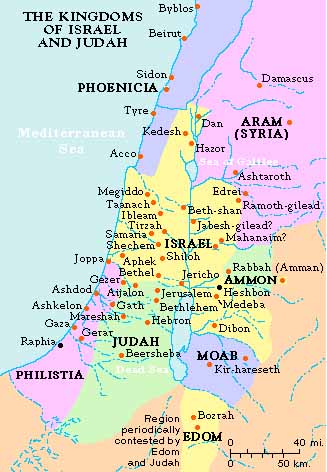
Image Credit: Crystal Links
Jesus was born in Bethlehem which, on the above map, is near the top of Judah, which is colored lime green. Judah is immediately beneath Israel, which is colored yellow. Bethlehem is south and west of the Phoenecian trading empire on the Mediterranean sea. Phoenicia was a famous center of the purple dye industry. Conveniently, Phoenicia is colored purple on the above map.

On the above map, the red circle is about where Bethlehem would be. The upper part of Egypt, where Cairo would be now, is within the blue circle. Phoenicia is in the purple circle. Oddly, the Mediterranean Sea is colored gray. The large blue area above the Mediterranean Sea was a vast area that had not been explored. At that time, the scholars had no idea how much more there was to the world than they had explored.
FROM WHERE DID THE MAGI COME
TO SEE BABY JESUS?
The Wise Men Came from EAST
The Magi Visit the Messiah
2 After Jesus was born in Bethlehem in Judea, during the time of King Herod, Magi[a] from the east came to Jerusalem 2 and asked, “Where is the one who has been born king of the Jews? We saw his star when it rose and have come to worship him.” Matthew 2:1
 Image Credit: Geology.com
Image Credit: Geology.com
The problem with the words “east” or “west” is that these two directional points are relative. From where I am sitting at this moment, my kitchen is east, and my bedroom is west. I feel sure that the wisemen did not come from anywhere in my house–in the southern part of the USA. The Wise Men would need to cross oceans and other continents to get to Jerusalem from where I live.
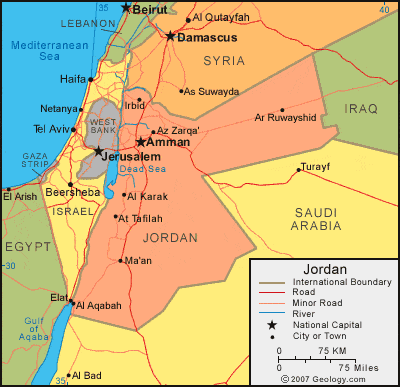
Image Credit: Geology.com
*Note: Baby Jesus was born in Bethelem. The Wise Men made a first stop in Jerusalem, which is not far from Bethlehem. Bethlehem is near Jordan.

To begin to understand from where the Wise Men came, we need to focus on Bethelehm, as a destination point, and begin look eastward from there. On the above map, locate Bethlehem, which is a bit left of Jordan
The Wise Men Came from EAST of Bethlehem
“According to Western church tradition, Gaspar, one of the three wise men, is said to have come from India. However, the Bible’s only description of the Magi’s origins is that they came “from the east” (ἀπὸ ἀνατολῶν, apo anatolon), which more literally means ‘from the rising [of the sun].’ This could refer to Babylonia (modern-day Iraq) or Persia (modern-day Iran).
“The Magi may have come from somewhere in modern-day Iraq, Iran, or Saudi Arabia. The Parthian Empire, which was centered in Iran, stretched from eastern Syria to the edges of India. The empire’s dominant religion was Zoroastrianism, which had a priestly magos class. The Magi may have been originally a Median (northwest Persian) tribe who performed priestly functions and studied astronomy and astrology.
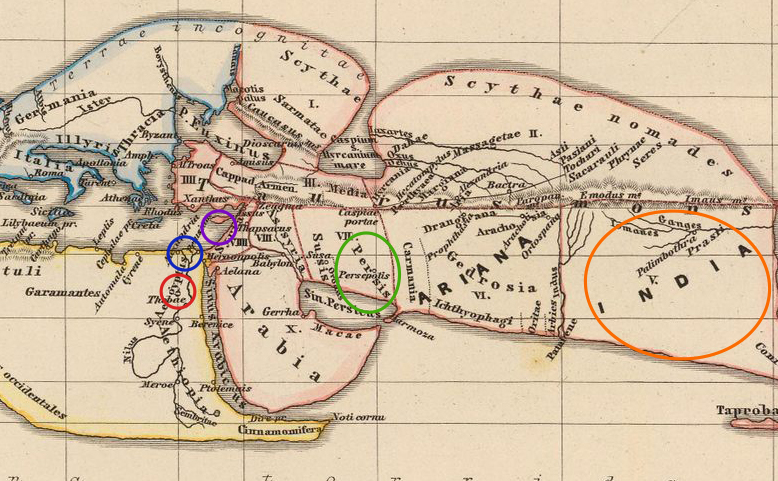
The Magi might have come from either Persia or Indi

“Here’s some information about the Persian Empire and its location at the time of Christ’s birth:
-
Location
The Persian Empire, also known as the Achaemenid Empire, stretched from the Balkan Peninsula in the west to the Indus River Valley in the east. At its height, it included modern-day Iran, Egypt, Turkey, and parts of Afghanistan and Pakistan.
-
Time period
The Persian Empire lasted from around 559 B.C.E. to 331 B.C.E. Cyrus the Great founded the first Persian Empire around 550 B.C.
-
Significance
The Persian Empire was a global hub of culture, religion, science, art, and technology for more than 200 years. It was defeated by Alexander the Great’s invading armies.
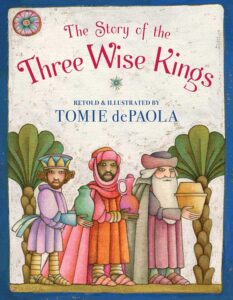
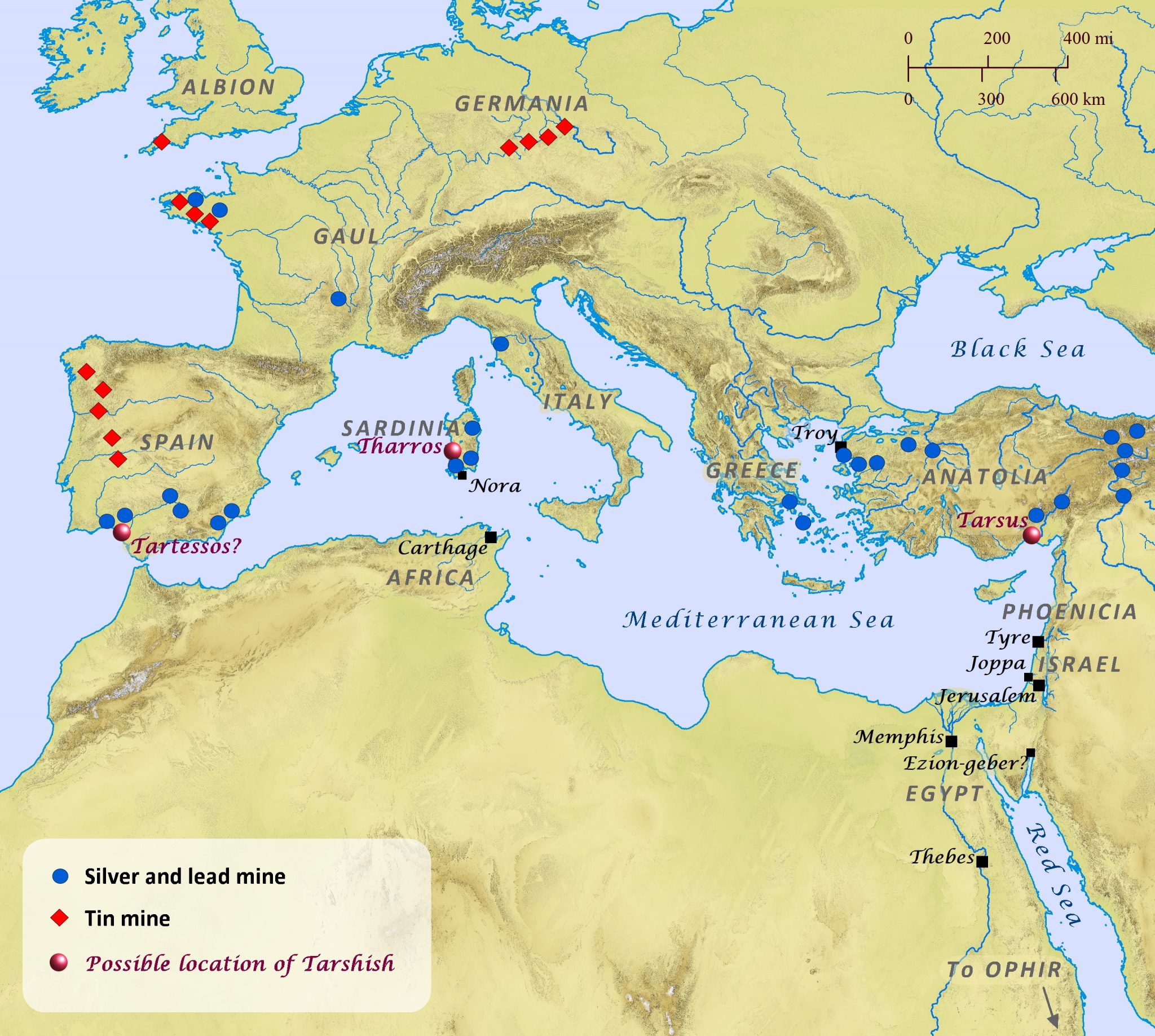
Image Credit: Bible Mapper Atlas
Scholars believe that Tharis was in Spain–half a world WEST of Bethlehem. Hmmm! I can’t accept that notion.

Image Credit: Britannica
Saba, which is also called Sheba–i.e. the Queen of Sheba] was now in Saudi Arabia. That area is East of Bethlehem. All of Arabia would be East of Bethlehem. Those two spots are possibilities.
It is important to remember that during the early years of Christianity, there were massive aberrations to the truth. For one thing, the early Christian leaders tied Christian holidays to the existing pagan festivals. For whatever reason, human intervention perverted what was supposed to be the Word of God.
Ancient Pagan Holidays Celebrated Today–Some of Them Are Celebrated as Christian
Again, I am suspicious of the following alterations to the story by the eighth century:
Discover more from Jacki Kellum
Subscribe to get the latest posts sent to your email.